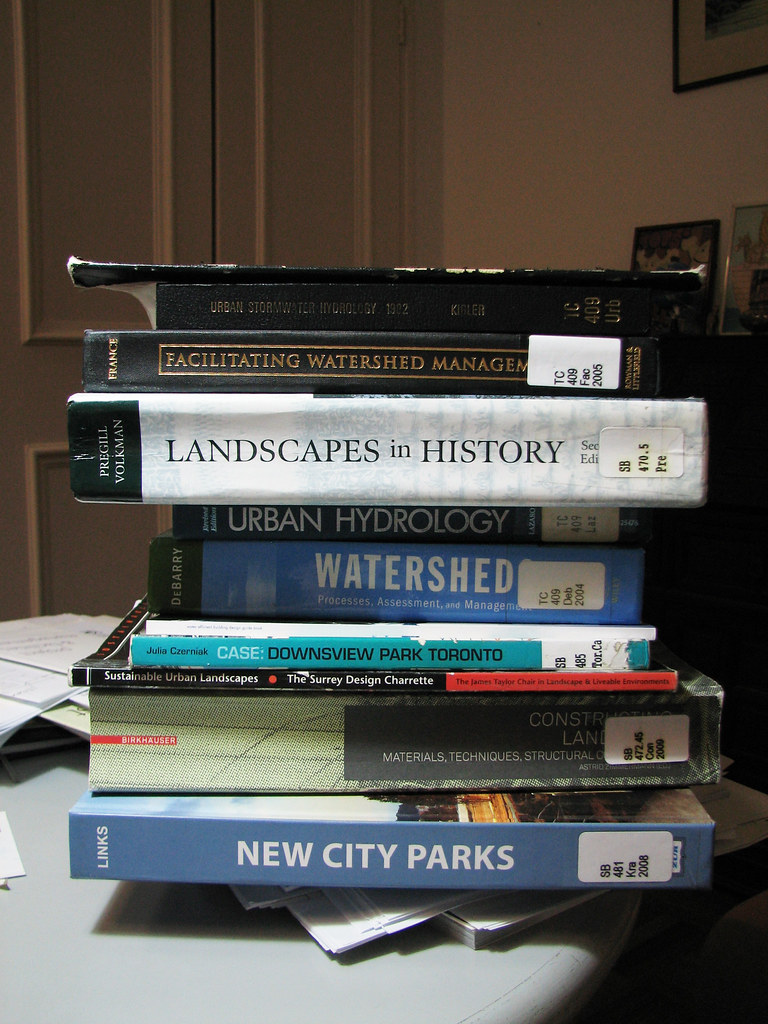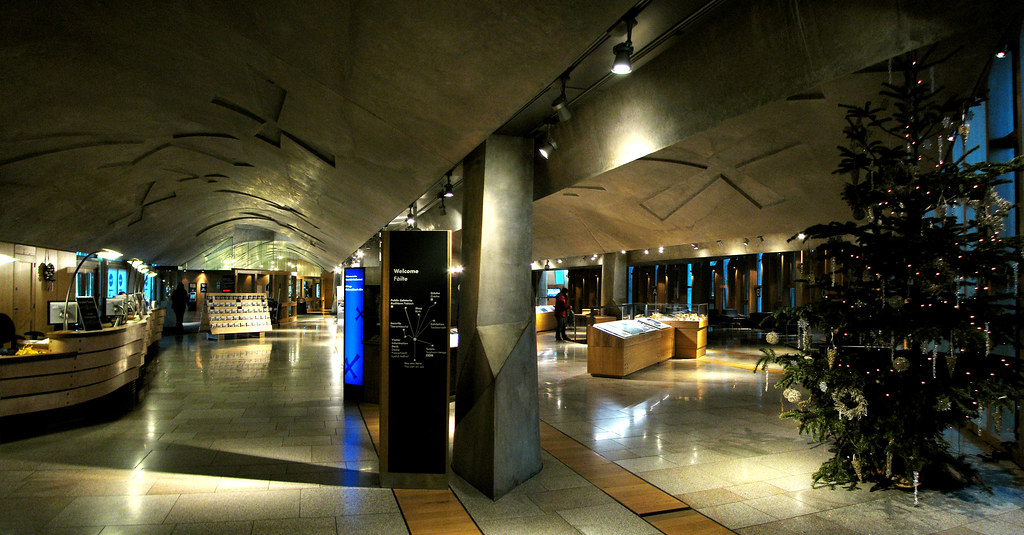
"Archiculture opens the doors to design in order to examine the impact and future of our built environment. The documentary follows five design students throughout the entirety of their senior thesis projects as a means to explore issues pertaining to architecture and design. The students' projects parallel real life controversies concerning sustainability, technology and environmental psychology...
The film is designed to become a forum for larger conversations surrounding architectural design such as technology, sustainability, and environmental psychology. Archiculture aims to examine two predominant themes: the impact the profession of architecture has upon our daily lives, and the act of sacrificing certain aspects of one's life to strive for a goal fueled by dedication and the desire to succeed...
By following the next generation of designers, the film offers an entertaining platform to discuss this serious topic. The student-characters are engrossed in the rigorous process of design education, where they often spend days at a time locked inside the studio with only a toothbrush and design supplies. These diverse characters help animate and materialize some of the stereotypes associated with the profession and education of architecture..."






